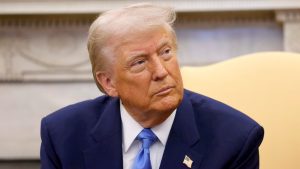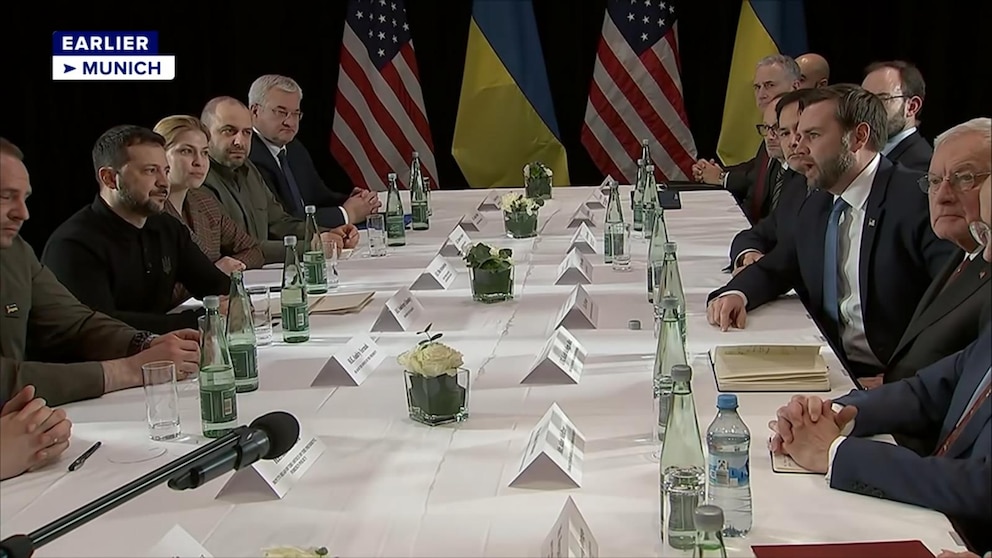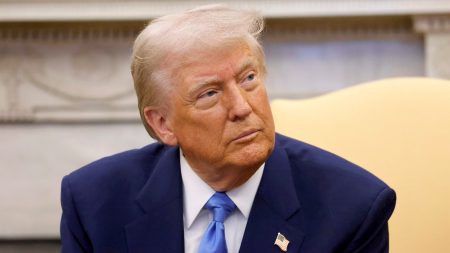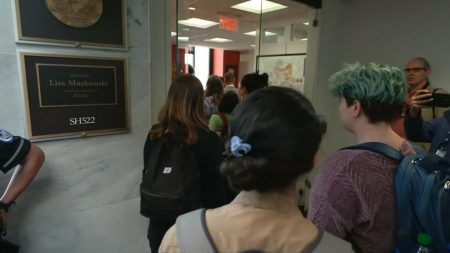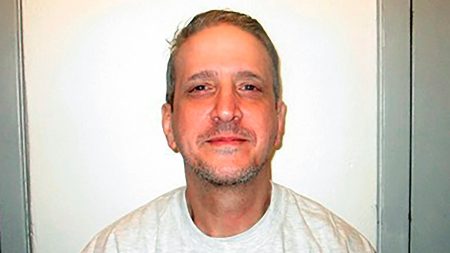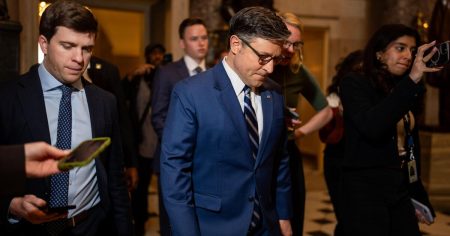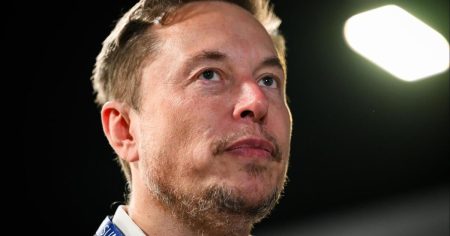A New Era of Diplomacy: Vance and Zelenskyy Meet to End the Russia-Ukraine War
On February 14, 2025, a significant moment in global diplomacy unfolded as Vice President JD Vance of the United States and Ukrainian President Volodymyr Zelenskyy sat down for a crucial meeting on the sidelines of the Munich Security Conference. This encounter marked a renewed effort by the Trump administration to play a mediatory role in ending the protracted Russia-Ukraine war, a conflict that has devastated lives, destabilized the region, and drawn in international powers. The meeting was not just a symbolic gesture; it symbolized a beacon of hope for peace in a world grappling with the repercussions of this war.
The Trump Administration’s Role in the Peace Talks
The involvement of the Trump administration in these talks signifies a strategic shift in how the United States is approaching the Russia-Ukraine conflict. Known for its "America First" foreign policy, the Trump administration has often been criticized for its unilateral approach to international relations. However, this initiative to broker peace in Ukraine suggests a recognition of the global implications of the war and the need for multilateral cooperation. Vice President Vance’s presence at the meeting underscored the administration’s commitment to finding a resolution that addresses the concerns of all parties involved, while also safeguarding U.S. interests.
The Trump administration’s foray into these peace talks is not without its challenges. Critics argue that the administration’s credibility on the global stage, particularly in matters of diplomacy, has been tarnished by its unpredictable foreign policy decisions in the past. Moreover, the administration faces the daunting task of balancing its relationship with Russia, a key player in the conflict, while simultaneously supporting Ukraine’s sovereignty. This delicate balancing act requires meticulous diplomacy and a deep understanding of the geopolitical dynamics at play.
A New Path Forward: Opportunities and Challenges
The meeting between Vance and Zelenskyy presented an opportunity to explore innovative solutions to the conflict. Both leaders acknowledged the immense human cost of the war and the urgent need for a peaceful resolution. However, the path to peace is fraught with challenges. Ukraine remains steadfast in its demand for the restoration of its territorial integrity, while Russia continues to assert its influence over the region. The involvement of other global powers, including European nations and NATO, further complicates the landscape, making it essential for the Trump administration to navigate these complexities with care.
One of the key challenges facing the peace talks is the issue of trust. Years of violence and broken promises have eroded the trust between the warring parties, making it difficult to reach a mutually acceptable agreement. The Trump administration’s role in these talks will be crucial in rebuilding this trust and creating a conducive environment for dialogue. Vice President Vance emphasized the importance of transparency and accountability in the negotiations, signaling the administration’s commitment to a fair and just resolution.
The Human Cost of War: A Call to Action
As the Russia-Ukraine war enters its fourth year, the human cost continues to mount. Thousands of lives have been lost, millions displaced, and entire communities left to pick up the pieces of their shattered lives. The meeting between Vance and Zelenskyy served as a stark reminder of the urgent need for action. Both leaders expressed their commitment to protecting the rights and dignity of all affected by the conflict, particularly the innocent civilians who have borne the brunt of the violence.
The international community has a moral obligation to support these efforts and work towards a lasting peace. The Trump administration’s involvement in the peace talks is just one piece of the puzzle. For a comprehensive resolution to be achieved, there must be a collective effort from all stakeholders, including the European Union, NATO, and other global powers. The meeting in Munich was a step in the right direction, but it is only the beginning of a long and arduous journey towards peace.
Looking Ahead: The Road to Peace
As the world watches with bated breath, the outcome of these peace talks remains uncertain. The path to peace is never linear, and there will undoubtedly be setbacks along the way. However, the meeting between Vance and Zelenskyy offers a glimmer of hope. It demonstrates that even in the midst of conflict, dialogue and diplomacy can prevail. The Trump administration’s involvement in these talks is a testament to the enduring power of diplomacy in addressing even the most intractable conflicts.
Looking ahead, the focus must remain on building a sustainable peace that addresses the root causes of the conflict. This will require not only political will but also a commitment to justice, reconciliation, and the protection of human rights. The meeting in Munich was a step towards this goal, but much work remains to be done. As the international community continues to navigate this complex landscape, one thing is clear: the pursuit of peace must remain at the forefront of our collective efforts.
Final Reflections: A Commitment to Peace
In the end, the meeting between Vice President JD Vance and Ukrainian President Volodymyr Zelenskyy was more than just a diplomatic encounter; it was a commitment to peace. It reflected the shared understanding that the Russia-Ukraine war has far-reaching consequences, not just for the region but for the world at large. The Trump administration’s involvement in these peace talks is a recognition of this reality and a step towards addressing it.
As we move forward, it is imperative that the international community remains united in its pursuit of peace. The road ahead will be challenging, but with determination, diplomacy, and a commitment to human dignity, it is possible to envision a future where Ukraine and its neighbors can live in peace and prosperity. The meeting in Munich was a step towards this vision, and it is now up to the global community to ensure that this vision becomes a reality.
